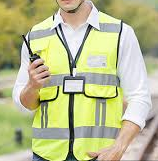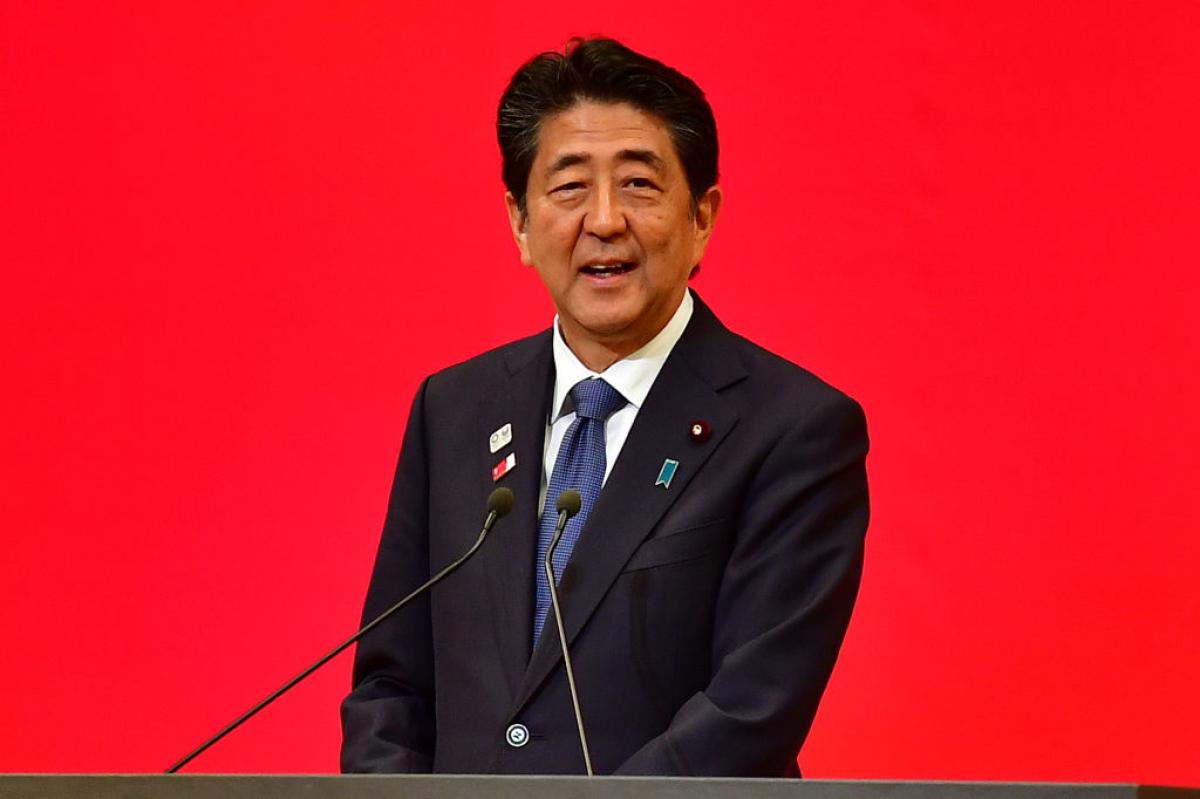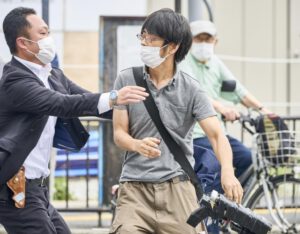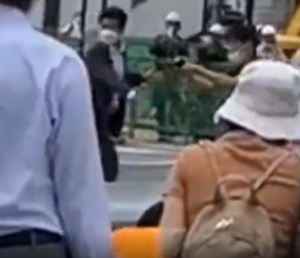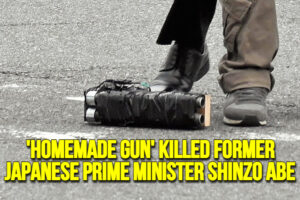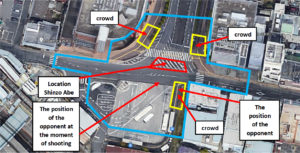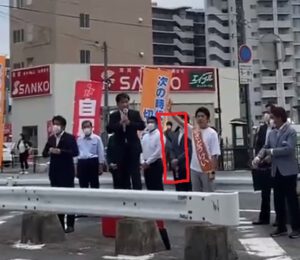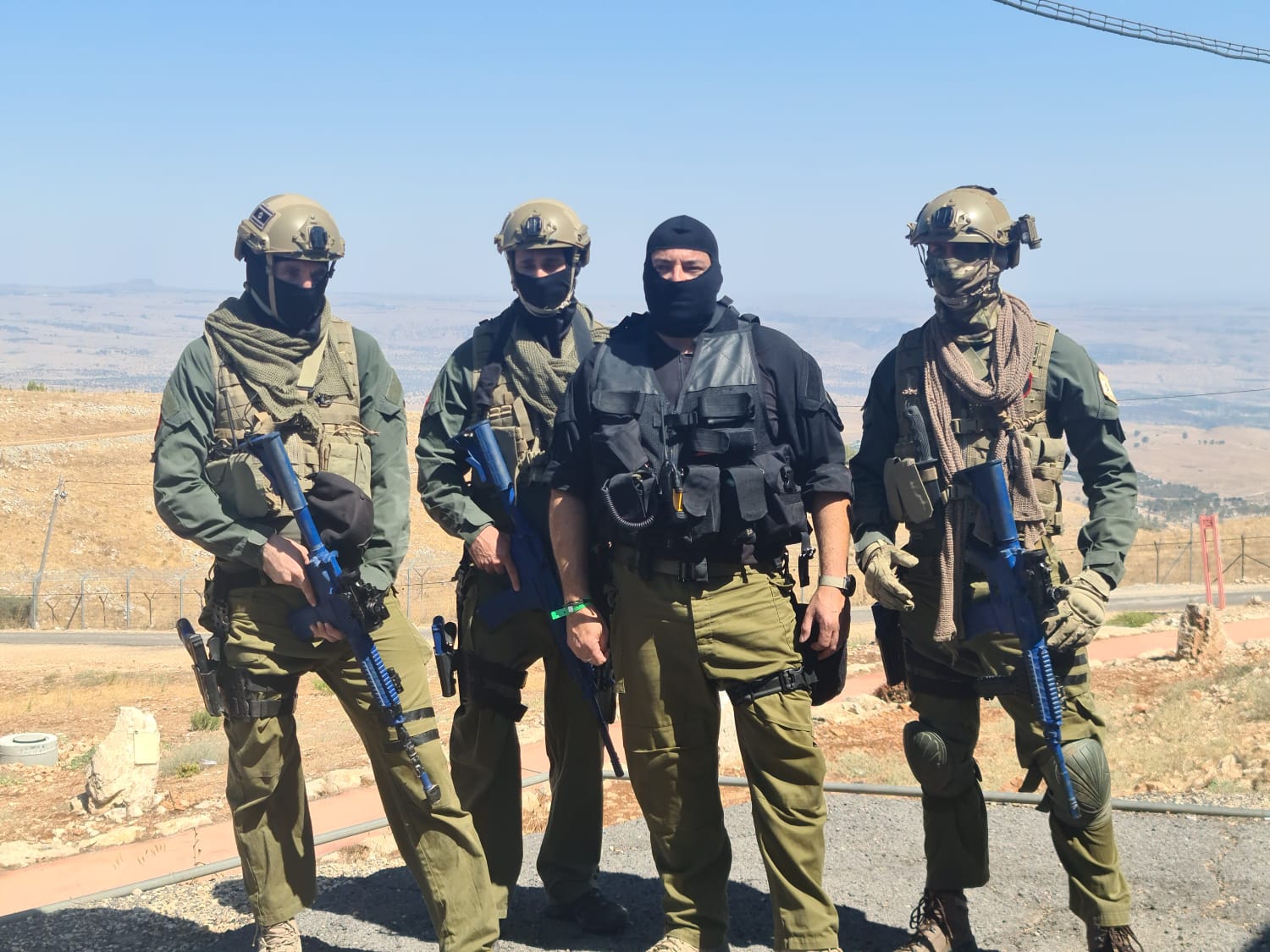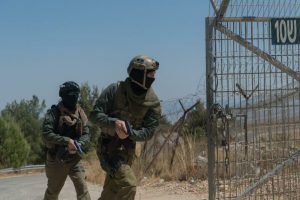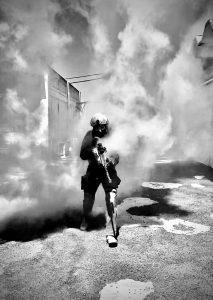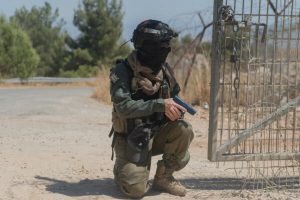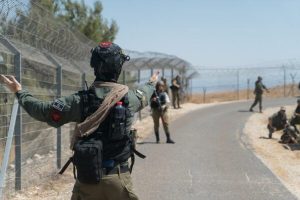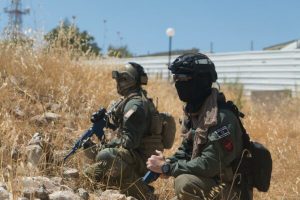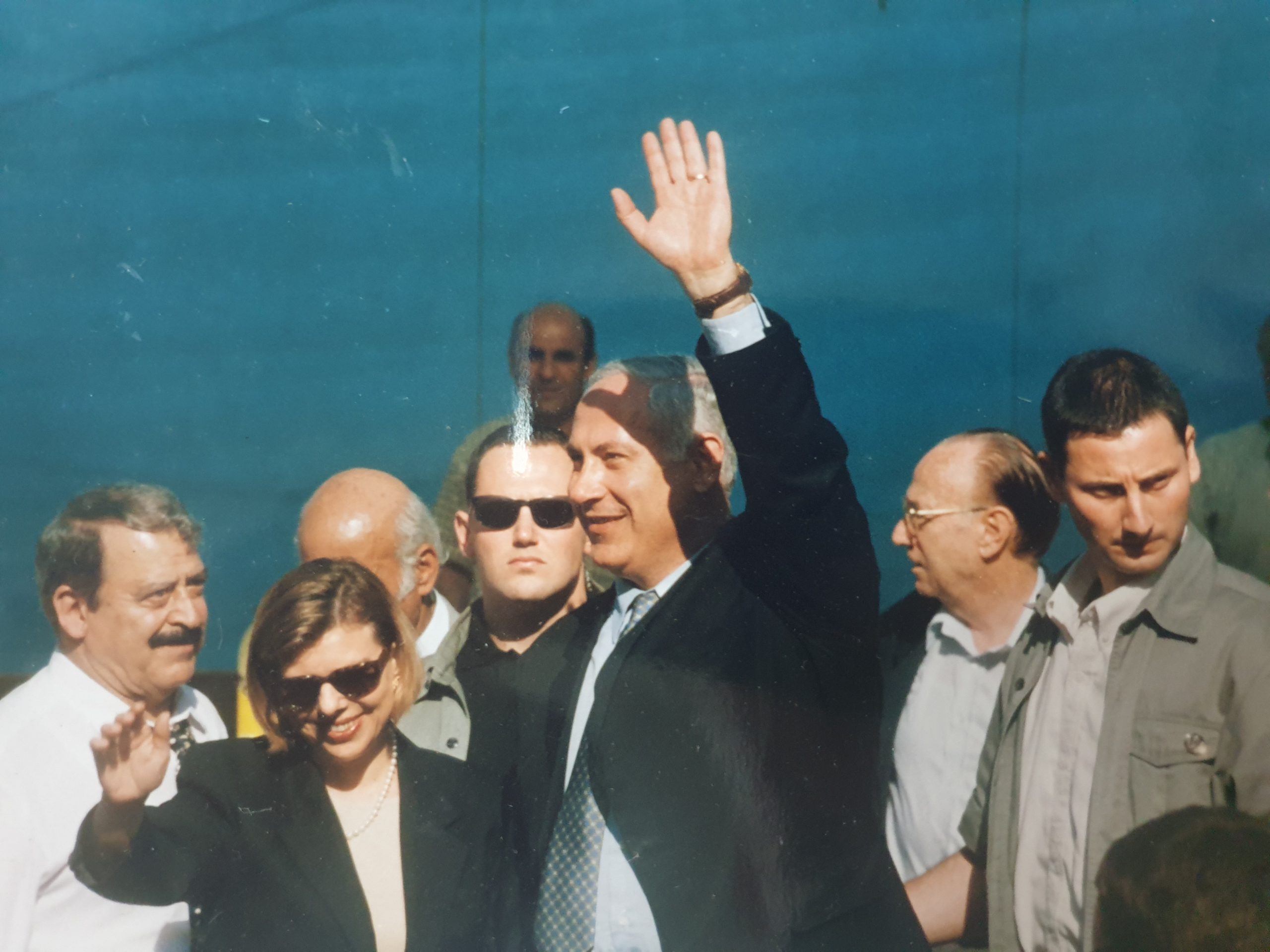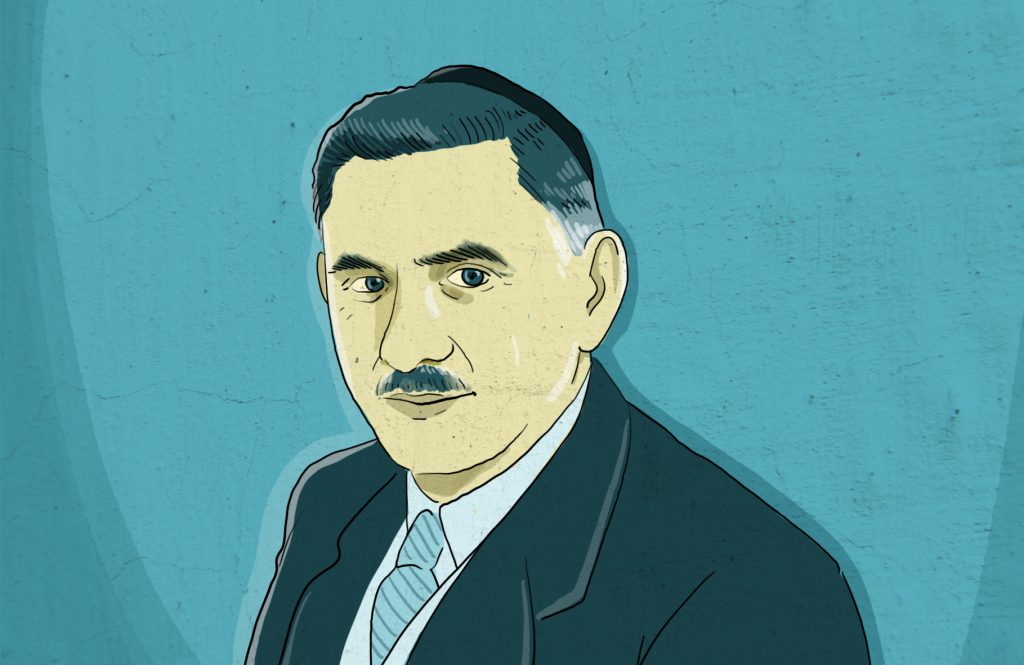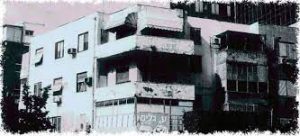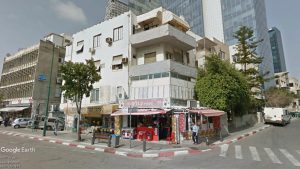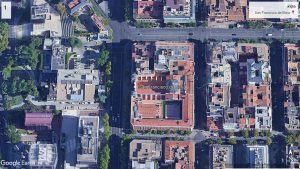Article author: Miky Weinberg – Owner of the Tarantula Technologies Ltd and Octagon Security Ltd Companies.
A pair of YouTuber friends from the United States decided to document whether they manage to enter paid and/or secure sites, such as a movie theater and a museum while wearing a yellow vest and equipped with a walkie-talkie without being required to be screened and pay. The two wanted to prove that wearing a yellow vest allows free entry into almost any public site from a critical point of view and not as an adversary, even though in practice they look and behave according to his/her thinking and action characteristics.
Here is the video documenting the two entering public sites without difficulty just because they are wearing a yellow vest:
Why would an usher or security guard think that two guys wearing a yellow vest are not required to perform a security screening at the entrance to the facility and why would an employee inside the facility who meets them believe their appearance and story and allow them to continue doing their “job” without inspection and supervision?
Why does a person who wears a yellow vest or dressed as a service provider or a security official manage to easily enter public facilities such as a cinema or a museum and have difficulty reproducing the success in facilities that are considered more secure such as a train station, a government office, etc.?
The answers are found in the level of awareness of the security array regarding the subject of seeing things from the attacker’s viewpoint and the operative actions that we carry out as part of the list of what to do when dealing with the adversary:
The attacker’s viewpoint- what is the way of thinking and characteristics of the adversary’s behavior?
1. The adversary invests a lot of time in learning about the behavior of people who stay in the public space, and work in different and diverse
civilian and governmental workplaces, and work in security positions at different levels.
2. The adversary collects information and learns about people’s reactions in different routine situations and under stressful conditions and
even initiates the creation of situations to experiment and test whether the theory works in reality.
3. The adversary knows how to quickly identify who is standing in front of him/her and what story and manipulation will fit and work on
him/her with a high percentage of success.
4. The adversary is aware that most people like to identify with a story and help others, connect to emotion and act according to it, and in
addition act according to familiar patterns and images.
5. The adversary has high self-confidence, acting ability, the ability to impersonate, the ability to identify and exploit opportunities, and the
ability to motivate people.
6. When dealing with security personnel, the adversary will work to create a familiar and non-threatening story and appearance to create a
feeling that he/she is on the side of the good guys.
Why do the officials manning the entrance to the facility believe the adversary and allow him/her to enter?
1. The usher, security screener, and/or security guard manning the entrance to the facility are first of all human beings with a personal
character that includes experiences, images, and familiar patterns kept in memory, a level of self-confidence and emotion that will be
expressed in any situation where they have to face another person and make a decision whether to believe or not believe him/her.
2. In general, most people tend to believe what they see, therefore if someone arrives dressed in a yellow vest and holding a walkie-talkie
or a ladder and says that he/she has come to provide service and fix something in the facility, then there is a high probability that he/she
will be allowed to enter without a security screening process.
3. As a general rule, a person with low self-confidence will find it difficult to stand in front of someone whom he/she considers important,
authoritative, determined, and with high self-confidence and therefore also in this/her case, with a high probability that he/she or she will
be allowed to enter without a security check process.
4. Most people come from a place of wanting to help and especially those who will ask for help and not be seen as threatening, so when the
adversary asks to “just” enter the bathroom or says that he/she really doesn’t feel well and asks if it is possible to “just” wash his/her face
and leave, it is likely that the person in charge at the entrance to the facility will believe him/her and allow him/her to enter.
5. As a general rule, a person in charge of entering a facility who has not undergone appropriate professional training and/or who does not
work based on a security concept, security portfolio, and procedures will have a very difficult time facing a skilled adversary mainly due to
the lack of knowledge and awareness of the dangers.
6. Lack of knowledge of the potential adversary, his/her way of thinking, and his/her ways of acting with an emphasis on trying to enter the
facility will cause the person in charge at the entrance not to think for a moment that the person standing in front of him/her is a person
impersonating someone else.
Why does the employee inside the facility believe the adversary with the yellow vest and allow him/her to continue
his/her actions?
1. As a general rule, the employee assumes that anyone who has passed the security system at the entrance to the facility is fine and has
permission to move around inside the facility.
2. An employee without training and/or awareness of the capabilities of the potential adversary, will have a low chance of understanding that
the person standing in front of him/her is not innocent.
What should be done to successfully face the adversary with the reflective vest?
1. Formulate a security concept that will form the basis for the formation of a security portfolio and security procedures for the facility that
will be defined as a uniform rule for implementing all security functions in the facility.
2. Make sure that the security procedures at the entrance to the facility define a security check process based on unique identification for
every person who wants to enter the facility – as a general rule, it is recommended not to allow the person in charge at the entrance to the
facility discretion to avoid a situation where the adversary manages to create a false representation and deceive.
3. To incorporate in the professional training of the various positions in the security system content that deals with the attacker’s mindset –
thinking, characteristics, and methods of action.
4. Hold with the officials at the entrance to the facility simulations simulating the actions of the potential adversary who will try to enter the
facility without inspection – you can use YouTube videos to learn about the adversary and for illustration purposes.
5. To raise the awareness of the employees in the facility about the presence of anomalous people in their work environment with the help of
professional training sessions, an awareness campaign, and more.
6. Carry out exercises for the security array and employees to check the level of knowledge and the level of quality of execution
Two Israeli YouTubers also decided to record themselves trying to enter public and security facilities – although on their part this is
considered a prank, a lot can be learned from the results:
In conclusion:
The potential adversary will use all his/her abilities to try and enter the facility without a security screening process being performed on him/her while identifying and exploiting the weaknesses among the various officials stationed at the entrance to the facility. Most of the failures of those in leadership roles when dealing with the impersonating adversary stem from a lack of professional knowledge that causes disbelief that the adversary can arrive dressed in a yellow vest or as a military officer or as a police officer or as a service provider of one kind or another. The way to teach the security array to deal with an impersonating adversary can be done and is relatively easy, so all that remains is to be aware of the threat and give it an appropriate response.
Remember, that security should be maintained also in combination with understanding the attacker’s mindset!
